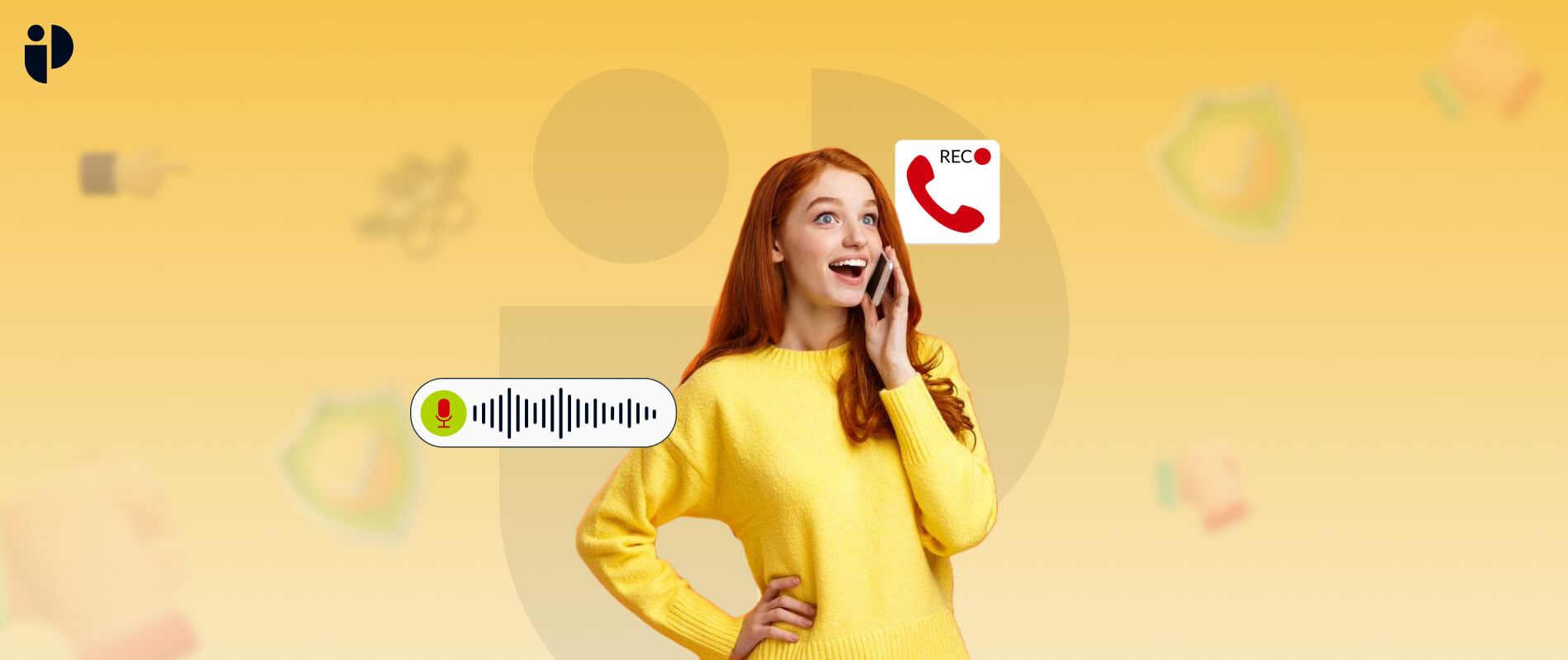Teaching children to distinguish between real and fake news helps them develop critical thinking skills. Social media feeds, which frequently feature fabricated, overblown, or sponsored information, are a significant news source for young people. Parents can empower children to evaluate reliable information by providing the necessary tools.
For everyone, recognizing if information is reliable is a significant problem. However, the vast amount of online content and its rapid dissemination have made this more difficult. Whatever their message or substance, social media sites allow anybody to gain followers a voice.
Fake news can legitimize bigotry, enforce an “us versus them” mentality, and, in the worst situations, even inspire and excuse acts of murder.
Our obsession with pulling children off electronics has come at the price of helping them learn about the internet environment. This has a lot to do with monitoring and having candid discussions that enable kids to comprehend and choose the value of information for themselves.
What Is Fake News? How to Spot It?
Fake news is generally defined as bogus stories disseminated and published under pretenses. In the past, propaganda intended to promote a particular viewpoint or foster a belief, even if it was wholly untrue, was typically distributed by people in positions of authority as fake news.
As per research; school-going kids mostly fall victim to misinformation and conspiracies. That’s why it is important for parents to teach kids to spot fake news.
Here are some additional tips to help your kids spot fake news:
Check The Source
Finding out the source is the first step in confirming their identity. Verify the legitimacy of a news organization’s name or logo by visiting its website and comparing it to what you have previously seen. Before choosing whether or not to trust them, you may also read their mission statement and other articles. If your kids are still getting familiar with the source, hunt for other articles on them online to learn more about them. This can help you determine their level of recognition in the media field and whether or not other individuals find them trustworthy!
Go Beyond The Headline
Teach your kids to go beyond the headline to read more. If an attention-grabbing title drew you, continue reading before sharing the startling details. The title may only convey some of the narrative, even in credible news articles. However, fake news, especially those that aim to be satirical, may contain several telling cues.
Verify The Date
Some false narratives are distortions of actual events rather than outright fabrications. These outrageous assertions can misrepresent the content of a reliable news article, even suggesting a connection between historical events and current affairs.
Observe Your Emotional Response
Those who are irritated or angry often respond without thinking. When your kids see a title that enrages them, they probably won’t read the entire story before reacting (sharing, commenting, or re-tweeting). One of the most challenging things to accomplish is to take a big breath and carefully investigate the cause if your kids see something that irritates them.
Stress The Need For Caution
Teach your kids to keep everything private if they’re unsure about it. Remind your kids that those who disseminate information are responsible to those who follow them; emphasize sharing stuff that they think will benefit others, and discourage them from distributing anything that goes against their morals and beliefs. Talk to your kids about it, listen to what they have to say, and together, you can create rules and limits for sharing content on social media appropriately.
Clues For Kids To Spot Fake News
It can be similar to a game of “spot the difference” to identify bogus news.
Children can use these inquiries as hints that a source could be suspect: Is the site name or URL unique? For instance, websites ending in “.co” frequently attempt to pass for legitimate news sources.
- Is the content poorly written, making strong statements without citing any sources, and having a lot of spelling and grammar mistakes?
- Does the article make use of dramatic imagery?
- Does the post-shock anger or excite you? Fake news frequently aims to elicit a response, so if you feel strongly about anything, it may not be an accurate or fair story.
- What type of evidence does the story include, and how is it organized?
There’s a better version of the story from a more reputable news source if it only restates charges against the parties involved in an event, for example, without further reporting.
Why Is It Important To Spot Fake News?
Fake and misleading news reports on medical procedures and severe illnesses like diabetes and cancer abound. If you or your kids believe these untrue tales, you can make poor health decisions.
Most false news has a political bent, even without getting too technical. On social media, fake material regarding candidate X or party Y is openly disseminated and quickly gains traction thanks to the clicks of opposing supporters. It makes sense that government organizations are getting ready to combat misinformation before the next presidential election.
Throw the first stone at someone who has never seen messages about being banned on Facebook or promoting a new premium edition of WhatsApp that asks for your login information to revisit a particular website. Disinformation of this type is another social engineering scam that poses as mainstream news and is typically used to propagate malware or get login credentials from unsuspecting internet users.
Indeed, there are fake news stories created by fraudsters that spread like chain letters and pose a real threat to your online safety.
Wrap-Up
Knowing how to spot fake news is crucial for kids to be informed citizens and maintain security. Parents and children can make wise decisions and ensure they are not being duped by whatever they see online by investigating the news source.





